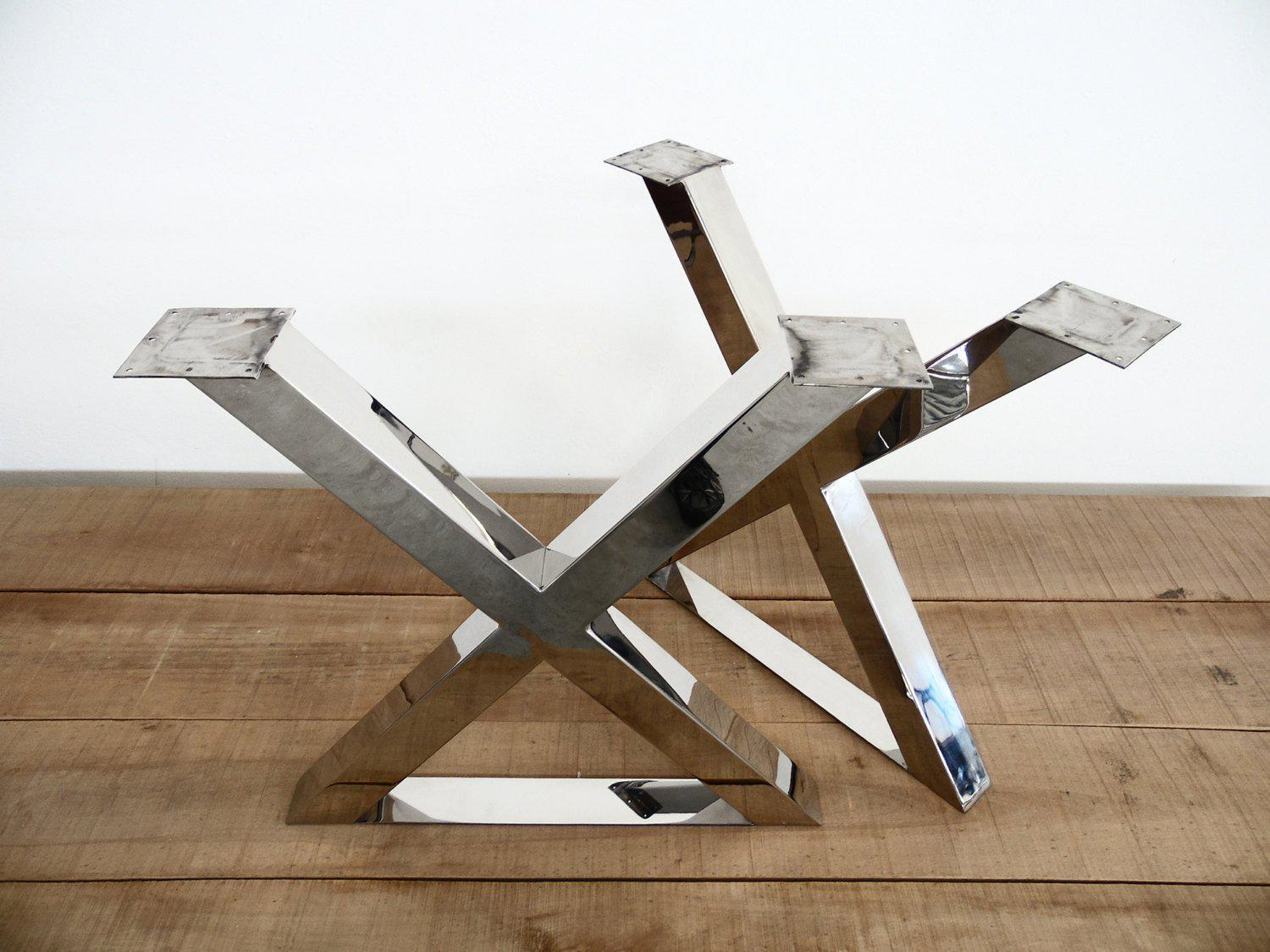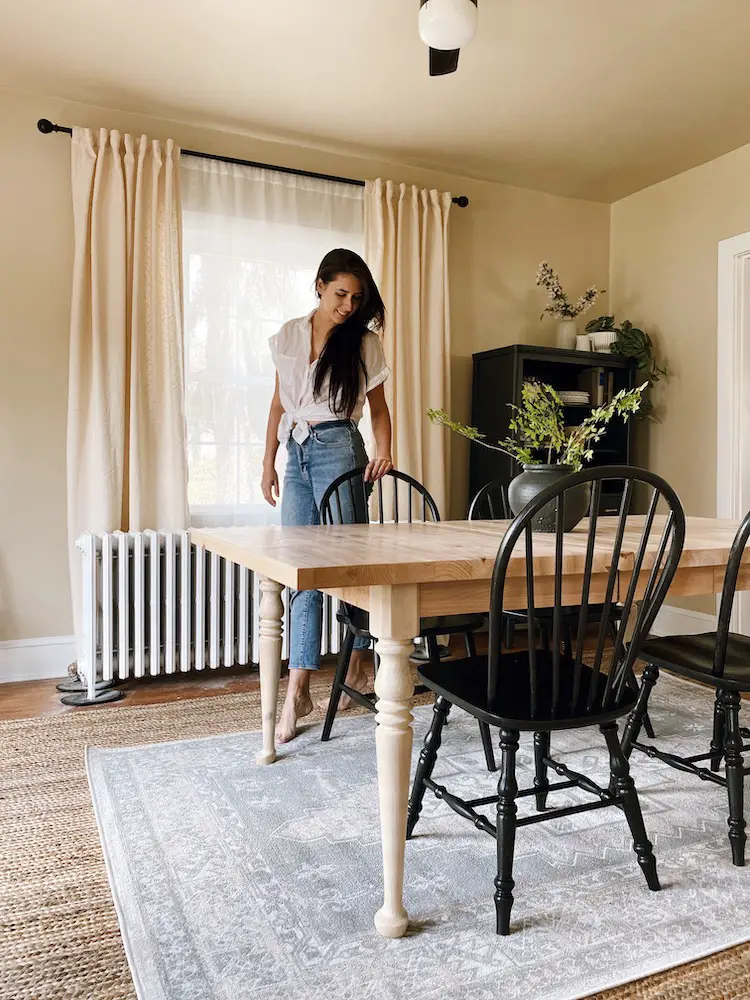The Ultimate Guide to Choose Long Lasting Dining Room Table Legs
The Ultimate Guide to Choose Long Lasting Dining Room Table Legs
Blog Article
Picking the Perfect Table: What Styles Work Best for Your Home?
Picking the ideal dining table for your home can be a nuanced procedure that stabilizes aesthetics and functionality. To navigate these selections successfully and locate a table that truly matches your home, take into consideration the adhering to elements in information.
Assessing Your Room
Assessing the dimensions and design of your dining location is a crucial initial step in picking the perfect table. Begin by gauging the length and width of the area, making up doorways, home windows, and other architectural features that might affect table placement. This guarantees that your table not only fits however also enables comfy movement around it.
Consider the variety of individuals you usually entertain. A table must accommodate your family's day-to-day requirements while supplying adequate versatility for periodic visitors. As a policy of thumb, assign at least 24 inches of table width per individual to ensure a comfortable eating experience.
It's likewise important to keep ideal clearance around the table. Preferably, there must go to least 36 inches in between the table edge and wall surfaces or various other furnishings, making it possible for simple access and movement. For rooms where chairs with arms or extra storage devices like buffets are included, enhancing this clearance to 48 inches is advisable.
Lighting and ambience play considerable roles. Make certain that your dining table aligns with existing illumination fixtures or prepare for sufficient lights options. This comprehensive spatial analysis assurances that your eating table not only fits literally but additionally balances with your room's total capability and aesthetic.
Popular Table Styles

Typical eating tables usually include elaborate details, curved legs, and rich timber surfaces, evoking a sense of classic style. They are excellent for homes with traditional design or those wanting to include a touch of refinement to their eating area.
Modern eating tables focus on simplicity and tidy lines, usually including materials like glass and metal. These tables are excellent for modern spaces, giving a streamlined and clean look that enhances minimalist layout approaches.
Rustic dining tables, on the various other hand, highlight natural products and a handcrafted look - dining room table legs. They typically feature redeemed wood and a troubled finish, developing a warm and welcoming environment. These tables work well in farmhouse-style homes or those seeking a cozy, natural feel
Industrial eating tables combine raw products such as metal and wood, often showcasing a practical aesthetic. This style is fit for lofts or city spaces, adding a touch of tough charm and longevity to the eating experience.
Each style uses distinct advantages, making it essential to select one that aligns with your home's general layout and your personal preferences.
Product Choices
When choosing an eating table, the choice of material plays a look at here critical function in establishing both the table's visual appeals and capability. Timber, metal, glass, and composite materials each deal one-of-a-kind benefits and difficulties, making it important to line up the product with your home's decor and way of life requirements.
Timber is a classic and versatile choice, offered in selections such as oak, walnut, and mahogany. Recognized for its resilience and warmth, wood matches both typical and modern interiors. However, it requires routine maintenance to avoid scrapes and bending.
Steel tables, usually crafted from stainless-steel, light weight aluminum, or functioned iron, are praised for their modern appeal and robustness. They are particularly suited for commercial or minimal setups yet can be vulnerable to damages and might feel chilly to the touch.
Glass table bring an air of beauty and openness, ideal for smaller rooms as they develop an impression of even more space. While simple to clean, glass can be susceptible to smudges and calls for mindful taking care of to prevent chips and fractures.
Composite materials, such as MDF and plywood, deal cost-efficient and personalized options, though they may lack the longevity of all-natural products. Selecting the right product guarantees your table is both a functional property and an aesthetic delight.
Shape and Dimension Considerations
After identifying the ideal product for your dining table, the following consideration is picking the best form and size to fit your room. Conversely, rounded tables foster a sense of affection and are outstanding for smaller sized eating areas, motivating discussion by eliminating edges and making every person feel similarly consisted of.
Size is just as essential and must be determined by both the room's dimensions and the variety of individuals you plan to seat on a regular basis. As a rule of thumb, designate a minimum of 24 inches of table size each to guarantee comfortable dining. Furthermore, take into consideration the table's clearance room: there should be at least 36 inches between the table side and the wall surfaces or various other furnishings. This ensures that diners can move quickly without really feeling confined. Expanding tables supply flexibility if you frequently host larger events, offering extra seats when required without occupying additional area daily. Choosing the ideal sizes and shape makes sure both usefulness and visual consistency in your dining area.
Matching Your Design
Selecting an eating table that balances with your existing decor is crucial in producing a cohesive and welcoming space. Begin by analyzing your present interior layout style, whether it be contemporary, standard, rustic, or eclectic. The eating table ought to enhance the go right here general visual, not contend with it. For example, a smooth, minimal table with clean lines is ideal for a contemporary home, while a vintage, ornate table fits a much more conventional setup.
Shade and product are equally considerable. If your decoration includes warm tones and natural products, take into consideration a wooden table to enhance the organic feeling. Alternatively, a glass or metal table may be better suited in a space dominated by amazing shades and commercial components. Take note of the finish, as it ought to mirror various other furnishings and components to keep consistency.
A rough-hewn, recovered wood table can add personality to a rustic space, while a polished marble surface area can raise a glamorous dining location. A well-matched dining table not only boosts visual appeal yet likewise enriches the total dining experience.

Final Thought
Picking the ideal table requires mindful factor to consider of room, style, materials, shape, and size (dining room table legs). Conventional tables enhance timeless insides with abundant timber coatings, while modern tables suit contemporary settings through glass and metal. Rustic designs introduce warmth through natural materials, and industrial styles boost metropolitan settings with raw components. Harmonizing the dining table with existing decor guarantees both performance and visual appeal, contributing to a web cohesive and aesthetically pleasing dining location.
Report this page